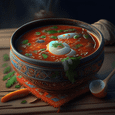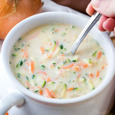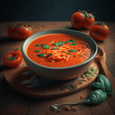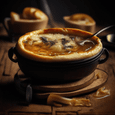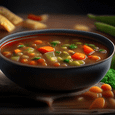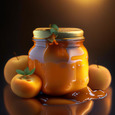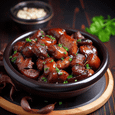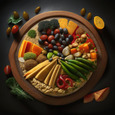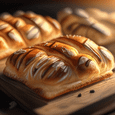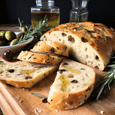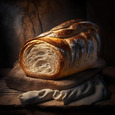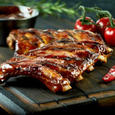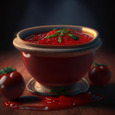Discover intriguing insights into the world of cookware with this article filled with captivating culinary facts. Explore the history, evolution, and surprising uses of various kitchen utensils. Delve into the realm of pots, pans, and other tools that have shaped the way we cook, eat, and enjoy food.
Introduction
Cookware plays an essential role in every kitchen, helping us prepare delicious meals and experiment with culinary delights. While we often take these tools for granted, they have an intriguing history and fascinating secrets. In this article, we'll dive into the realm of cookware and uncover some interesting facts that will change the way you look at your kitchen utensils. Get ready to embark on a journey of discovery!
1. The Ancient Roots of Cookware
Cookware has been an integral part of human civilization for centuries. Ancient civilizations used clay pots and pans to cook their meals over open fires. The use of pottery for cooking dates back to as early as 20,000 BCE, with evidence found in archaeological sites worldwide. These early vessels were not only used for cooking but also for storing food and water.
2. The Revolutionary Non-Stick Pan
The invention of the non-stick pan revolutionized the way we cook. In 1938, chemists discovered that a substance called polytetrafluoroethylene (PTFE) had unique non-stick properties. This led to the development of Teflon-coated pans, which allowed food to slide off effortlessly and made cleaning a breeze. However, it's important to note that overheating Teflon pans can release toxic fumes, so proper usage and care are essential.
3. The Multifunctional Dutch Oven
The Dutch oven is a versatile cooking vessel that has stood the test of time. Dating back to the 17th century, this heavy pot with a tight-fitting lid was originally made of cast iron. Dutch ovens are known for their exceptional heat retention and distribution, making them perfect for slow-cooking, baking bread, and even frying. They are a staple in professional kitchens and camping enthusiasts' gear.
4. Wok: More Than Just Stir-Frying
The wok is a staple in Asian cuisine and is renowned for its unique shape and cooking abilities. While commonly associated with stir-frying, the wok has a broader range of uses. Its deep, sloping sides and high heat conductivity make it ideal for deep-frying, steaming, boiling, and even smoking food. The wok's versatility has made it a favorite among chefs worldwide.
5. Copper Cookware: A Culinary Masterpiece
Copper cookware is prized by professional chefs for its exceptional heat conductivity and precise temperature control. Copper pans are not only aesthetically pleasing but also offer superior cooking performance. The metal's ability to distribute heat evenly allows for precise cooking, making it ideal for delicate sauces and confections. However, copper can react with certain foods, so it's often lined with stainless steel or tin to prevent any potential issues.
Conclusion
From ancient clay pots to modern non-stick pans, the world of cookware is filled with captivating stories and fascinating facts. The evolution of culinary utensils has shaped the way we prepare and enjoy food, making cooking a delightful and convenient experience. As you embark on your culinary adventures, take a moment to appreciate the tools that have been instrumental in creating culinary masterpieces throughout history.
By understanding the history, surprising uses, and unique features of different cookware, you'll develop a deeper appreciation for the art of cooking and the essential role that kitchen utensils play in our daily lives.
So, the next time you reach for your favorite pot or pan, remember the rich tapestry of culinary history that lies within its sleek design. Happy cooking!
















